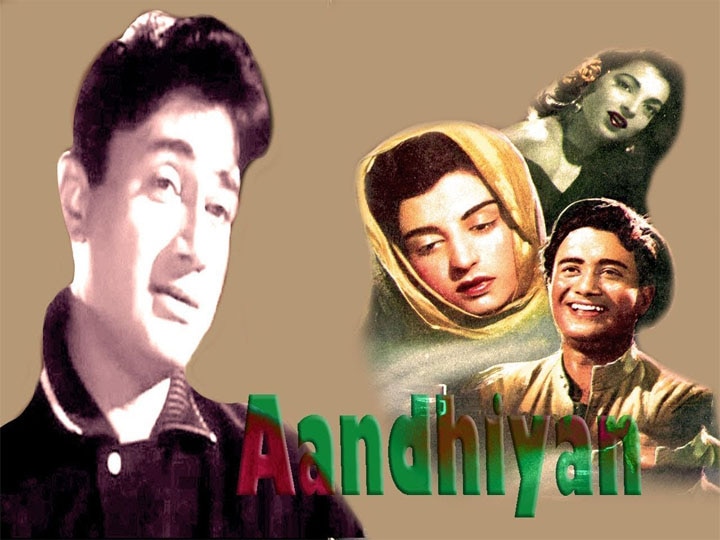This immortal song from Padosan 1968 was the highlight of the film. More than 50 years have passed, it still entertains us. The pivotal role of creating this song goes to Kishore Kumar. He didn't just act or sing in the film, he conducted the proceedings around him. He turned the entire sequence of Meri Pyari Bindu, which was actually a scene into a song. He came up with the tune, polished the words, and even choreographed it on the spot.
The plan to use the song in Padosan was of Kishore himself. He told Padosan lyricist Rajinder Krishan to do an extended version of the old song sung by his brother Ashok Kumar in Jhoola (1941), which was then picturized so memorably on Saira Banu, Mehmood, Sunil Dutt and Kishore Kumar. A constant companion of brother Ashok in those days, he had heard the song and the tunes stayed with him.
sing for Mehmood and Kishore to sing for Sunil Dutt. When Manna De was approached for this song everybody liked his idea, a situation in the film was created where a music competition to take place between the hero and the music teacher of the heroine. It, being a classical song, Manna De was to by R D Burman with regards to the famous musical face-off number, Manna Dey refused to lose to Kishore, the reality was that he didn't wish to lose to him in the classical song competition since he was a classically trained singer and Kishore wasn't.
The task of convincing took by Mehmood. He convinced him that its not a real competition but a reel competition. In films, anything is possible when a skinny hero can beat a strong villain why can't this happen in a song. Ultimately Manna De agreed to sing.
Though the old song was a solo here it will be modified and more catchy to be sung a male duet. Mehmood's voice is also in this song. It was destined to be the most hilarious songs of Bollywood.
Manna De in an interview told, it took 10 days to compose this song. Everyone who participated in composing this song has contributed. In the final rehearsal of this song, it took 9 hours before they went for a recording. This being a very long song so it was recorded in two parts, later it was merged into one. Manna De further informed that he was surprised when during the recording Kishore Kumar suddenly changed the Sargam and the context by adding his touches like "hmm dhaam.. O Tedhe Seedhe Ho Jaa Re" which took the classical song to a different level.
The song has been composed in the form of a combination of Carnatic and Hindustani music. Mahmood begins with the Aalaap in Carnatic music and the song proper while playing the harmonium. Kishore Kumar sings the Hindustani counterpart for Sunil Dutt. Their preparation for the ‘concert’ itself is funny.
While Mahmood dances, Sunil Dutt moves back towards Kishore Kumar in sync with the rhythm of the song. Kishore Kumar pushes Sunil Dutt in front and simultaneously sings a Bengali song. Beside Kishore, Mukri, Keshto Mukharjee, and Raj Kishore were also part of this song.
Mr. Sadanand Kamath in the book, ” R D Burman – The Man, The Music” by Anirudha Bhattacharjee & Balaji Vittal writes, this song was not only inspired by Ashok Kumar song but also from ‘Van Chale Ram Raghurai’ [SANT TULSIDAS (1939)] for the line ‘….Dekhi teri chaturayee’ and from ‘ Chanda re ja re ja re’ [ZIDDI (1948)] for the line ‘… Kaalaa re ja re ja re’.
For your reference, I am posting all the three songs
Song of Jhoola 1941
Song of Sant Tulsi Das 1939
Song of Ziddi 1948
Song of Padosan 1968














